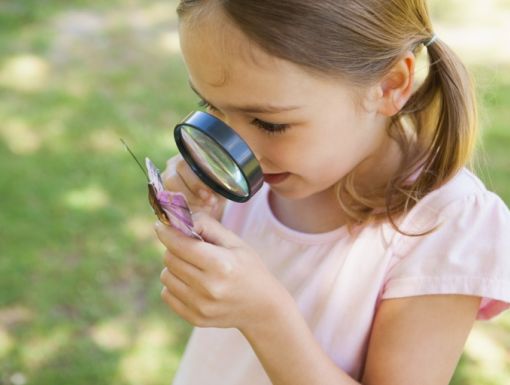
Pink Eye: Bacterial, Viral, Allergic, and Other Types
Pink eye, also called conjunctivitis, is redness and inflammation of the clear membranes covering the whites of the eyes and the membranes on the inner part of the eyelids. The phrase ‘pink eye’ is commonly used to refer to conjunctivitis because pinkness or redness of the conjunctiva is one of the most noticeable symptoms.
Infectious causes of an inflamed eye and conjunctivitis include bacteria, viruses and fungi. Non-infectious causes include allergies, foreign bodies and chemicals. When pink eye is caused by a virus or bacteria, the infected person can be contagious for several days once symptoms (itchy, watery eyes with or without eye discharge) appear.
Bacterial conjunctivitis is a common type of pink eye, caused by bacteria that infect the eye through various sources of contamination. Prevalent in schools,the bacteria can be spread through contact with an infected individual, exposure to contaminated surfaces or through other means such as sinus or ear infections. As with any bacterial infection, antibiotics are required to eliminate the bacteria. Also be sure to wash your hands and avoid touching or rubbing your eyes. Treatment of bacterial conjunctivitis is typically accomplished with topical antibiotic eye drops and/or eye ointments.
Viral conjunctivitis is another common type of pink eye that is highly contagious, because airborne viruses can be spread through sneezing and coughing. Unlike with bacterial infections, antibiotics will not work against viruses. No eye drops or ointments are effective against the common viruses that cause viral conjunctivitis. But viral conjunctivitis is self-limited, which means it will go away by itself after a short time.
Allergic conjunctivitis, which is caused by eye allergies, is very common. Eye allergies, like other types, can be triggered by allergens including pollen, animal dander and dust mites. The most common symptom of allergic conjunctivitis is itchy eyes, which may be relieved with special eye drops containing antihistamines to control allergic reactions.
Most cases of pink eye are mild and get better on their own, even without treatment. However, there are times when it is important to see a healthcare provider. You should see one if you have pink eye along with moderate to severe pain in your eye(s), sensitivity to light or blurred vision, or intense redness in the eye(s).
If you think your child has pink eye, consult a doctor. Schedule an appointment with a physician here.



